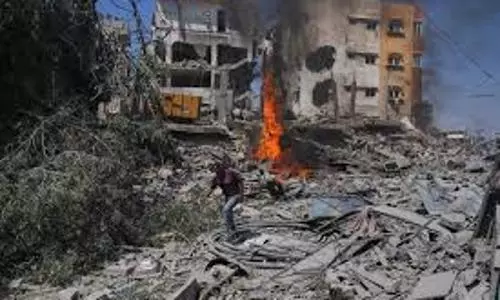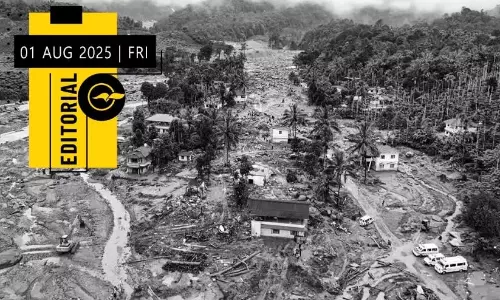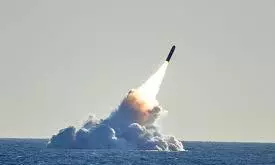
AI-controlled nuclear launch systems could lead to doomsday, warns Global Peace Institute
text_fieldsThe growing involvement of artificial intelligence in nuclear weapons systems could push the world dangerously close to a catastrophic future, according to the Stockholm International Peace Research Institute (SIPRI) in its newly released 2025 yearbook.
SIPRI, one of the world’s leading conflict research bodies, issued a stark warning that using AI to make launch decisions on nuclear weapons could place humanity in grave peril.
The report emphasises that allowing automated systems to fully control nuclear arsenals would mark a tipping point.
“If the decision to launch nuclear weapons is ever fully handed over to AI, we'd be approaching true doomsday scenarios,” SIPRI Director Dan Smith said in the report’s introduction. “We see the warning signs of a new nuclear arms race at a particularly dangerous and unstable moment for geopolitics,” he added, highlighting the increasing difficulty of arms control in today’s global climate.
The yearbook details how nearly all nine nuclear-armed countries — the United States, Russia, the United Kingdom, France, China, India, Pakistan, North Korea, and Israel — continued upgrading their nuclear arsenals in 2024. These modernisation efforts include both improvements to existing systems and the deployment of new technologies.
As of January 2025, the global inventory of nuclear warheads was estimated at 12,241, with around 9,614 of those in military stockpiles ready for potential use. Approximately 3,912 were deployed with delivery systems such as missiles and aircraft, while the remainder were stored in central stockpiles.
Of the deployed warheads, about 2,100 were kept on high operational alert — most belonging to either Russia or the United States. SIPRI noted that China might now be maintaining some of its warheads on ballistic missiles even during peacetime, signaling a potential shift in its nuclear posture.
Russia and the United States continue to dominate global nuclear weapon stockpiles, jointly holding approximately 90% of all nuclear arms.
The report also highlights China’s rapidly expanding arsenal, which now stands at over 600 warheads. Since 2023, China has been increasing its nuclear stockpile by about 100 warheads annually and has nearly completed construction on approximately 350 new intercontinental ballistic missile (ICBM) silos across desert and mountainous regions.
Pakistan, meanwhile, is also advancing its delivery capabilities and producing more fissile material, suggesting its arsenal could grow further in the coming decade.
North Korea, too, remains focused on its nuclear weapons programme as a core component of its national defense policy. SIPRI estimates the country currently holds around 50 assembled warheads and has enough fissile material for up to 40 more. The regime is reportedly accelerating fissile material production.












